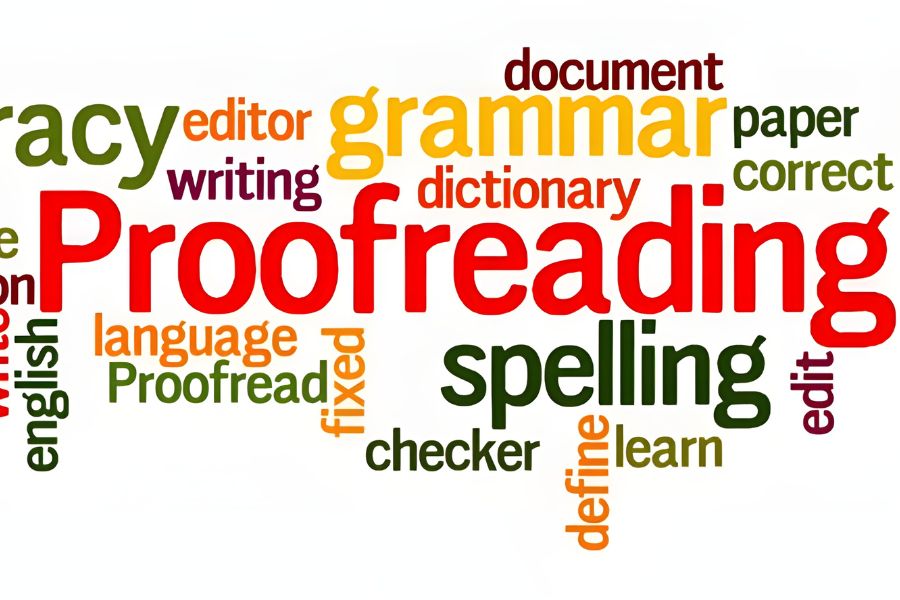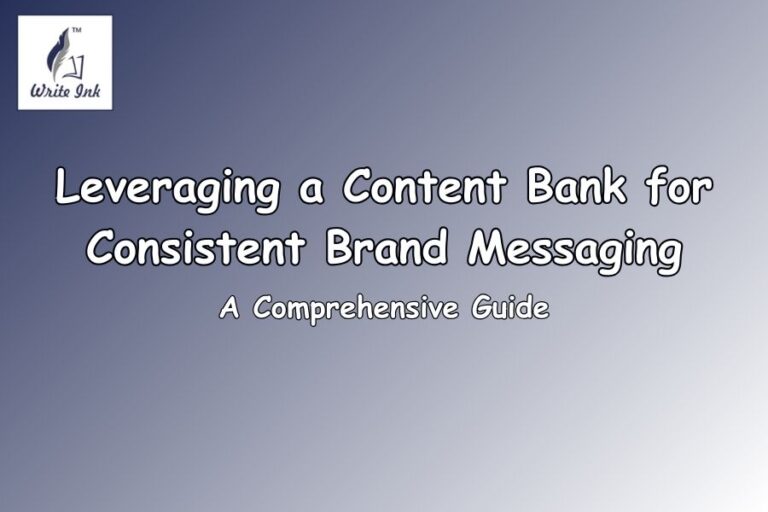Understanding the Differences Between Editing and Proofreading
Have you ever given thought to the differences between editing and proofreading?
We will discuss it in detail here.
So, you have finally completed your company blog and are excited to publish it on your company website. But your content demands final touch-ups and polishing before you can seal it. Your content needs to undergo a few rounds of editing and proofreading.
Both of these processes will make sure that your content goes live without any errors and has the best chance of success. But is it reasonable to proofread and edit your content by yourself? While there is no harm in doing so, asking another subject-matter expert to edit and proofread your content will hone and polish your content to make it suitable for publishing.
That said, we have witnessed people using the terms proofreading and editing interchangeably. But they do not mean the same thing, and they do not lead to the same results.
We will discuss the differences between editing and proofreading, but first, let’s examine how these processes work.
Proofreading

Proofreading means running a cursory eye at your content. Expert writers call it a surface-level check, and it is always done on the final version of the document. If you hire a proofreader to check your content and make it error-free, the person is likely to check for grammar, punctuation, textual or numerical inconsistencies, and so on.
Here are some proofreading strategies an expert proofreader follows:
- Read out the content aloud to pick up errors quickly.
- Read the content backwards.
- Try using a different font on the content and re-read the text.
- Use “search” to pick common errors and spelling mistakes.
- Check one snippet after another to resolve punctuation errors.
- Take help from proofreading tools.
Editing
Content editing is a meticulous process that involves correcting issues at the core of the content. Whether you have written a blog, article, social media content, or white papers, all your content needs thorough editing. When your content goes under the lens of a content editor, your content looks well-drafted, optimised as per SEO, and remains consistent with your brand voice. Your content editor shall thoroughly edit your content will improve its readability, clarity, and tone.
Here are some content editing techniques approved by experienced content editors:
- Starting with a basic grammar check. It can be done using a tool or the in-built grammar review present in MS Word.
- Understanding the 4Ws and 1H: What, why, Where, and How Once these are highlighted, you can move on to the rest of the story.
- When you are writing to grab the attention of your online readers, the hook is the most important. So, a content editor will look for the hook in the article and place it strategically in the content.
- Checking for the facts and figures to see if anything has been misused or misinterpreted.
- Finally, content editing is cutting the long story short. It involves deleting all the unnecessary details and prioritising points that are important.
That said, we have added differences between editing and proofreading in the following table:
| Editing | Proofreading |
| 1. It is done on the first draft of the document and continues until the final version | It is done on the final version of the document. |
| 2. Addresses core issues of the content | Work on the surface-level problems |
| 3. Content editing improves the language, readability, and narration of the content piece. | When you proofread the content, you can look for spelling errors, grammar, punctuation, and formatting errors. |
| 4. It improves the overall quality of the content. | It enhances the performance of the already edited content by making it error-free. |
| 5. It takes a longer time to edit a content | Proofreading doesn’t take too long to make a document error-free |
| 6. The content editor must work closely with the content writer. | A Proofreader may not need to work with the content writer. He can proofread the content all by himself. |
Parting Wisdom

We looked at the differences between editing and proofreading your content. While these processes are different, a content editor can work as a proofreader, but a proofreader may or may not work as a content editor. An editor must have a keen eye for detail and thorough subject-matter knowledge.
We hope we have resolved your concerns and that you are now clear on what steps to follow once your online content is written.
Image Reference: Freepik
Disclaimer: All trademarks, logos, and brand names are the property of their respective owners. All company, product, and service names used in this website are for identification purposes only. Use of these names, trademarks, and brands does not imply endorsement.







